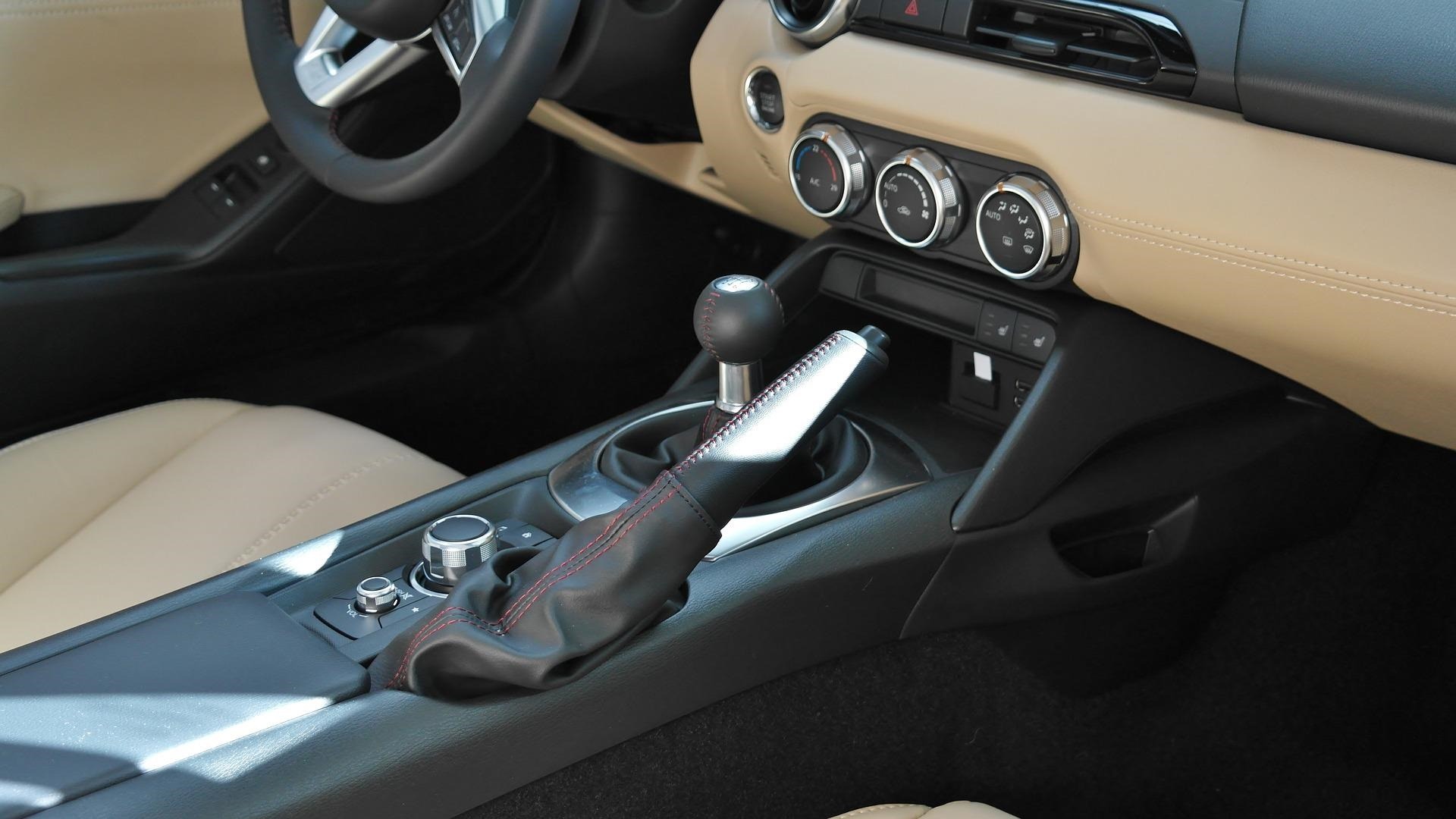It doesn’t matter if you’ve decided to buy an old or new car – you still have to come up with a reasonable budget for it – preferably one you can afford! We admit that getting a car (especially for the first time) is an exciting decision. Still, along with the excitement and anticipation, you want to be sure that you are setting aside a budget that won’t interfere with your other needs. We all know that a car can be expensive, so you want to make the most of it. However, there’s a thin line between buying something that will make you a pauper and buying something that you don’t have to bring to a mechanic for repairs every month. So this begs the question: how much should you set aside for a car? Here’s how you can best decide on a budget for your vehicle.
The general rule: 35 percent of your take-home pay
Everyone appreciates a good rule, so here’s one – pay only 35 percent of your salary or monthly income. This is good for many because, let’s say; you have 20K a year – this means you have a budget of 7K for your car. Mind you, this isn’t the biggest of budgets, but it gives you an older model which is still reliable if need be. It also gives you a rough estimate based on what you earn. For example, if you make 150K a year, your car budget might be up to 52.5K – and this can already give you a higher-end and even a used luxury model.
What would make more sense for many is if this rule were broken down into several tiers – it’s up to you to decide what’s best for you depending on your finances, your future earnings, whether you’re going for financing or will pay in cash, and how important it is for you to have a car compared to your other expenditures.
The best compromise and deal: 20 percent of your take-home pay
On the other hand, if you want a reliable and safe car that removes any worries that you might have regarding maintenance and repair, the best car would be something that’s 20 percent of your take-home pay. Of course, nothing beats a new car when it comes to reliability, but you can also get a used model (such as a used car in Utah from dealers like Young Automotive) that’s reliable as well – and thousands of dollars cheaper.
The question of how much of a car you can afford is different from how much you should spend – because how much you can afford doesn’t mean that if you can afford a new Porsche, you should buy one. In short, remember this rule – 10 to 15 percent of your take-home pay is good enough if you want to be frugal, but if you want something more reliable on the road, then 20 to 25 percent is a good number.
The trick is not to spend more than you can afford – and if you need financing for your car purchase, remember to look around for the best rates and don’t go for more than four to five years of financing terms. Of course, if you love cars, go for it – but be aware of what it costs to own a car and try to get as much out of it.

